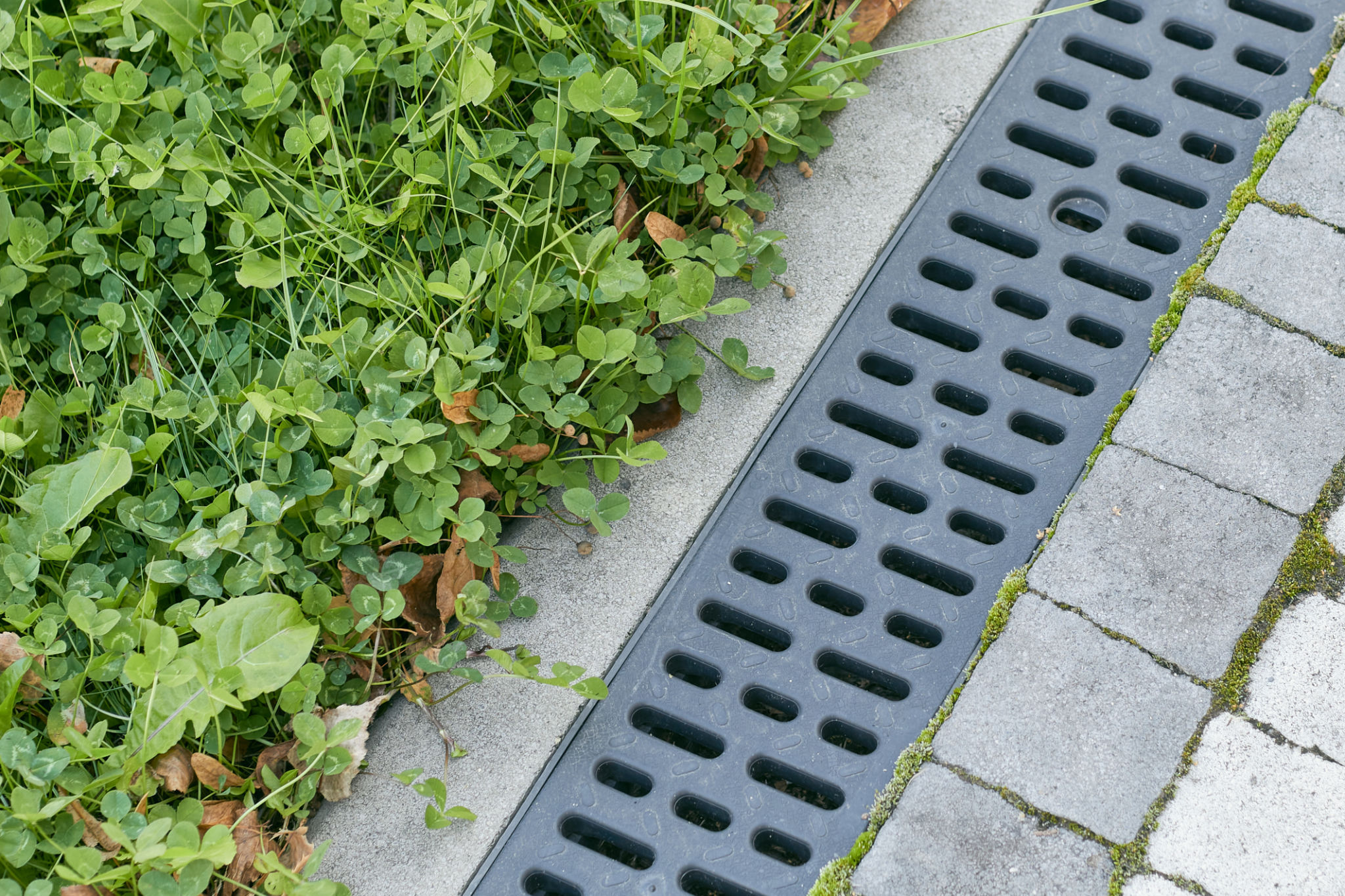How to Prepare for Seasonal Stormwater Challenges with Bio-Swales
Understanding the Importance of Stormwater Management
As seasons change, so do the challenges associated with managing stormwater. Heavy rainfall can lead to flooding, soil erosion, and water pollution. It's crucial for communities and property owners to be proactive in managing these issues. One effective method for mitigating stormwater problems is the use of bio-swales.
Bio-swales are landscape elements designed to concentrate or remove silt and pollution from surface runoff water. They are an essential tool in sustainable landscaping, helping to manage water flow and improve water quality. By integrating bio-swales into your stormwater management plan, you can effectively prepare for seasonal challenges.

What Are Bio-Swales?
Bio-swales are shallow, vegetated channels that slow down water flow, allowing it to infiltrate the ground. They are often filled with native plants, grasses, and sometimes gravel or rocks, which help filter pollutants from the water. The primary goal is to mimic natural hydrological processes, reducing runoff volume and improving water quality before it enters larger bodies of water.
These structures can be implemented in various settings, from urban environments to rural areas. They not only manage stormwater but also enhance the aesthetic appeal of landscapes, providing habitat for wildlife and promoting biodiversity.
Benefits of Using Bio-Swales
Implementing bio-swales offers numerous benefits. Here are some key advantages:
- Flood Control: By slowing down runoff and facilitating infiltration, bio-swales help reduce the risk of flooding.
- Water Quality Improvement: Vegetation in bio-swales filters out pollutants, such as sediments and nutrients, improving the quality of water that eventually reaches waterways.
- Cost-Effective Solution: Compared to traditional stormwater management systems, bio-swales are often less expensive to construct and maintain.

Designing Effective Bio-Swales
To maximize the effectiveness of bio-swales, careful planning and design are essential. Considerations include:
- Location: Choose areas where water naturally collects and flows. Ensure there is enough space for the bio-swale to function effectively.
- Soil Type: Assess soil permeability to ensure water can infiltrate the ground efficiently.
- Plant Selection: Use native plants that can withstand varying moisture levels and help filter pollutants.
Consulting with landscape architects or civil engineers can provide valuable insights into optimizing bio-swale designs for specific environmental conditions.
Maintaining Bio-Swales for Longevity
Regular maintenance is crucial for keeping bio-swales functioning effectively. This includes:
- Monitoring Vegetation: Ensure plants are healthy and replace any that have died or become diseased.
- Removing Debris: Clear out any litter or debris that could obstruct water flow or damage plant life.
- Inspecting Structures: Regularly check for erosion or other structural issues that may compromise the bio-swale's integrity.

Community Involvement in Stormwater Solutions
Encouraging community involvement in stormwater management can lead to more widespread adoption of bio-swales. Community workshops, educational programs, and volunteer events can raise awareness about the importance of these systems and how individuals can contribute to their implementation and upkeep.
By fostering a sense of shared responsibility, communities can not only address seasonal stormwater challenges but also create more resilient and sustainable environments for future generations.